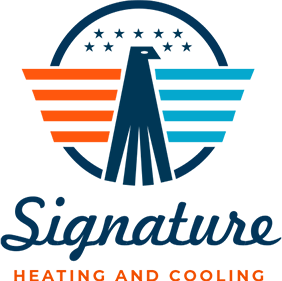An air conditioning system is essential for any Tucson home. With temperatures reaching up to a scorching 114 degrees in the summer, you need your home to be a cool escape. Our city is usually still hot even at the beginning of fall, so you may need to use your AC unit for longer than you would in other regions. Modern AC units are advanced systems. Each air conditioner part contributes to the overall function. Split systems are the most common type of unit where there is a portion inside your home and a portion outside.
AC Parts
Below is a guide to each part in a split system and the role it plays:
Refrigerant
Refrigerant is a chemical that circulates through your air conditioning system and creates a cooling effect when it expands or vaporizes. It travels through the system in the air conditioner’s coils and lines, then moves through the compressor, expansion valve, and evaporator. The compressor pressurizes the refrigerant, changing it from a low-pressure, low-temperature gas to a high-pressure, high-temperature gas.
Once the compressor pressurizes the gas, it flows into the system’s metering device. Here this device concerts the refrigerant to a low-pressure state, then moves it to the evaporator which vaporizes the refrigerant and cools the coils. The air gets “conditioned” by running over these coils to remove the heat and humidity. The cooled air then circulates through your home.
Compressor
The compressor is a motor located in the outdoor unit of the system. It is responsible for circulating refrigerant through the coils of both the indoor and outdoor unit. It does this by pressurizing the gaseous refrigerant that comes from the evaporator, thus increasing its temperature and turning it into a high-pressure gas. The refrigerant then goes through the line and releases heat outdoors. After this, the refrigerant returns to its liquid state in the condenser to repeat the cycle.
Condenser
The condenser is located in the outdoor unit and this is where the refrigerant becomes a liquid again. This part of the AC unit receives high-pressure refrigerant from the compressor and removes heat from it. This occurs when the condenser fan blows cool air over its coils, resulting in a liquid refrigerant. The system then returns this liquid to the indoor portion of the system.
Expansion Valve
The expansion valve is the small part between the condenser and the evaporating coils. Prior to entering the evaporating coils, the refrigerant must be completely cooled down. Just as the compressor pressurizes to increase temperature, the expansion valve depressurizes to decrease temperature.
Evaporator Coils
Refrigerant absorbs heat from within your home while within the evaporator coils. The indoor air is blown over the cold coils, thus allowing the refrigerant to absorb the heat. Just as the condenser fan blows cold air over coils, the fan in this portion of the system blows indoor air over the evaporating coils. The refrigerant begins to evaporate into a vapor as the heat is absorbed. Then, it leaves the coils as a warm gas to be transferred to the compressor and restart the cycle.
Having Problems With Your Air Conditioner?
If So, Call Signature Heating and Cooling
It is important to know and understand each part of your air conditioning system and how they function together. Should your system start to have problems, being able to pinpoint the location and part of where the issue is occurring can help determine what needs to be replaced or fixed. At Signature Heating and Cooling, our experts know what each air conditioner part contributes to the system and we can replace or repair any part that is not performing the way it should.

